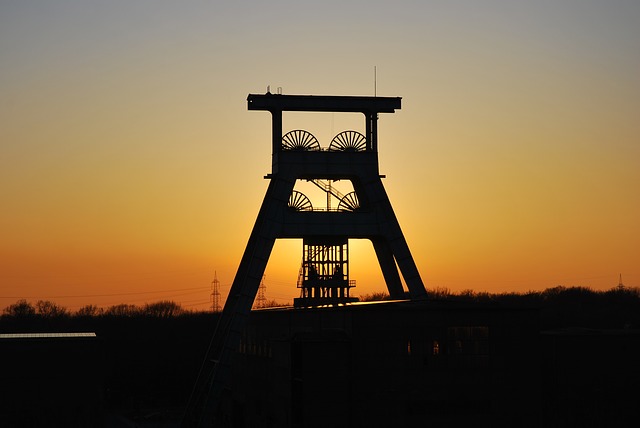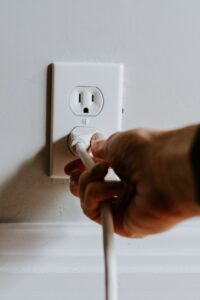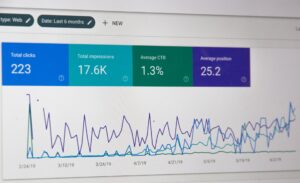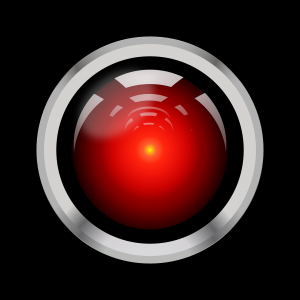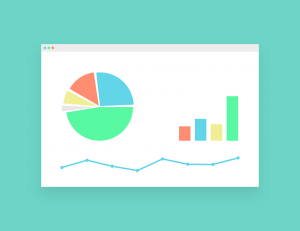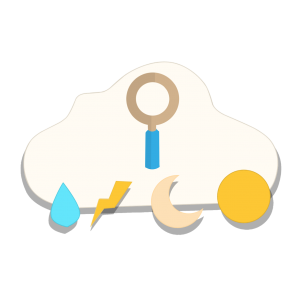If you are working on repairing or retrofitting a system of pipes, you may have been told by a pipe fitter or a plumber that you need to use pneumatic fittings on the pipes you are fixing.
If you have not heard of pneumatic fittings before, however, you may not know what they are or what they are used for.
Do not worry as pneumatic fittings are easy to learn about, and easy to figure out which you should use for which particular job.
What are pneumatic fittings used for?
Pneumatic fittings are generally used for pipes that have pressurized water or another fluid running through them, or those that are used for gas. The fittings themselves are used to connect the end of one pipe to the end of another and, depending on how you want to connect them, there is a specific pneumatic fitting to use.
How are pneumatic fittings different than other connector pieces? — These pipe connectors tend to be different in that their seals are much tighter than are hydraulic fittings. They need to be as the liquid or gas running through them is operating at pressure, and could blow a seal if it was not tight enough.
What types of pneumatic fittings are there?
These connector pieces come in many different types, and the one you use is dependent upon how you need to connect one pipe to another. An adapter, for instance, connects two pipes together that are not remotely alike. Once temporarily connected, they must be welded into place to make the connection permanent.
Elbows are used when you want to change the direction flow of whatever is running through your pipes.
Valve fittings are used when there needs to be a connection, but there also needs to be a way to slow down or speed up the liquid or gas flow when necessary. Union pneumatic fittings are one of the most popular simply because it is easy to disconnect them without any major work requirement. There is also a hose pneumatic fitting that is made of many layers of various materials. Again, it is also easy to install.
Crimp fittings can be a little annoying to install as they require putting a hose over the tubular end of a pipe and then making sure the attached crimper is connected properly. These are one of the few pneumatic fittings that also need an extra piece of equipment to make them work correctly.
Where to buy pneumatic fittings?
Now you know what pneumatic fittings are used for, you may want to know where to buy them. Of course, typical pneumatic fittings are available at most hardware stores and one of the staff there can usually tell you which you will need. You can also buy them via mail order, or by getting on the Internet and finding an online store that sells them.
In many cases, the pneumatic fittings you buy on the Internet will be cheaper than those offline, even when you include the shipping fees as well.
This is why so many professional pipe fitters and plumbers now buy theirs on the Internet.
